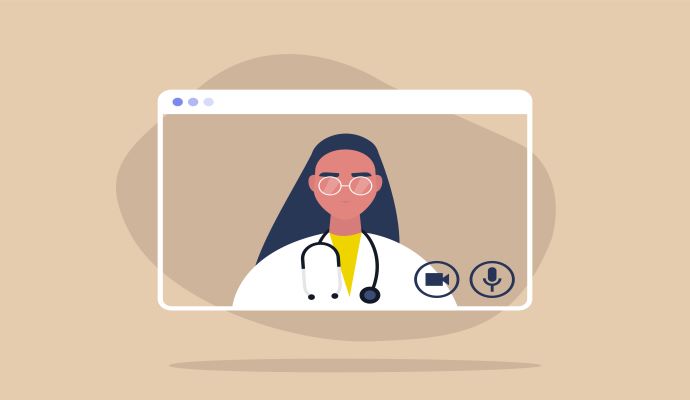Despite Gaps, Telehealth Can Increase Access to Care in Minnesota
Recent research from the Minnesota Department of Health shows the potential of telehealth to improve healthcare access and patient satisfaction, but inequities remain.

Source: Getty Images
- A study from the Minnesota Department of Health (MDH) indicated that amid the growth of telehealth during the COVID-19 pandemic, in-state residents reported a relatively high level of satisfaction, along with increased usage of telehealth for behavioral health services.
A new law in Minnesota extends audio-only telehealth coverage beyond the expected end date of June 2023. This, along with increased telehealth use throughout the last several years, led the Minnesota Legislature to ask MDH to conduct a study examining telehealth and its future in the state. Although the report will not be complete until 2024, MDH provided preliminary findings.
MDH noted the high level of satisfaction generally associated with telehealth use. According to survey data, 80 percent of Minnesotans were satisfied with both audio-and video-based telehealth.
Audio-only telehealth, however, played a more significant role in increasing access. MDH noted that this type of care boosted healthcare access among rural residents, along with others who struggle to access or use the technology needed for video.
“Audio-only telehealth came into play during the early months of the COVID-19 pandemic and was used by many Minnesotans to access care, including mental health care,” said State Health Economist Stefan Gildemeister in a press release. “MDH is pleased that it will continue to be available to Minnesotans as we learn more about when and how it fills health care access and delivery gaps, and where ongoing availability and use is beneficial.”
These preliminary findings also emphasized the positive impact of telehealth on behavioral healthcare delivery. Data indicated that about 60 percent of mental health services took place through telehealth in Minnesota during the first half of 2021.
But these positive results also came with health equity issues. Providers stated they struggled to care for patients with a first language other than English through telehealth. Data also indicated that telehealth satisfaction rates among Black, Indigenous, and people of color (BIPOC) Minnesotans fell beneath the general level. Populations facing inequities in access, affordability, and comfort with technology also battled telehealth access issues.
Further, MDH noted that defining the impact of telehealth with more precision requires further research. The ongoing study involves MDH working with the Minnesota Department of Human Services.
Research that probes the positive and negative effects of regional telehealth is growing more common.
In May, the California Health Care Foundation noted that telehealth provided many benefits to low-income Californians. According to a report, telehealth increased access to care among this population, eliminating the need to travel. Patients also indicated high trust levels in this type of care and limited communication issues, particularly among those with limited English-speaking abilities.
Aside from these positive outcomes, flaws also existed, often relating to connectivity gaps. Interviewees also noted higher trust levels with video visits rather than audio, as well as more comfort using video-based modalities.
Last year, the Government Accountability Office (GAO) urged state Medicaid programs to ensure that beneficiaries were benefitting from telehealth prior to making permanent any regulatory flexibilities.
The expansion of telehealth use, particularly among Medicaid beneficiaries, was a large driving factor for this recommendation. The GAO noted that Medicaid did not make much of an effort to define care quality among beneficiaries. Due to this, the agency provided two recommendations for the public insurance programs: to collect information surrounding telehealth quality and to use this information to create a necessary framework.
